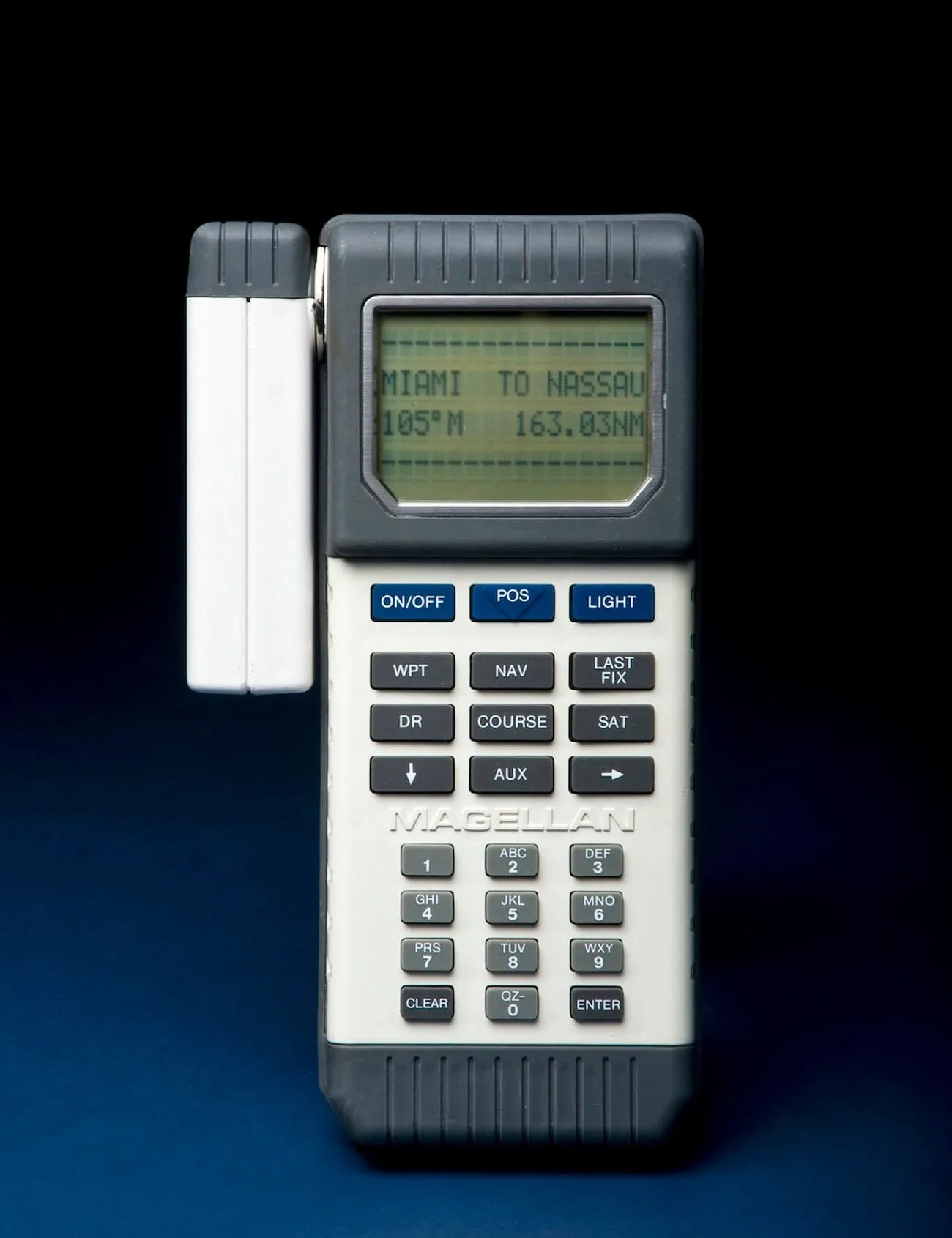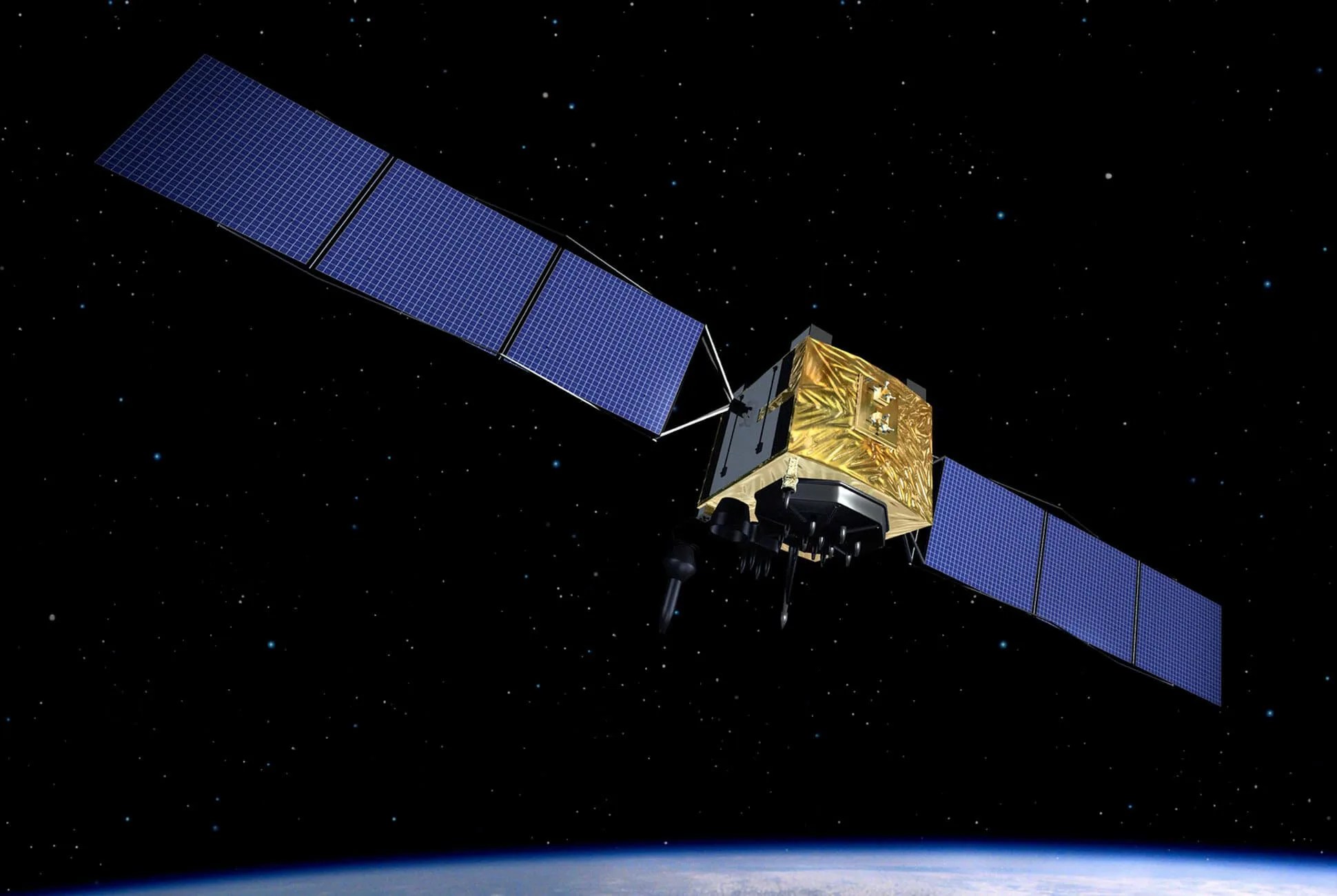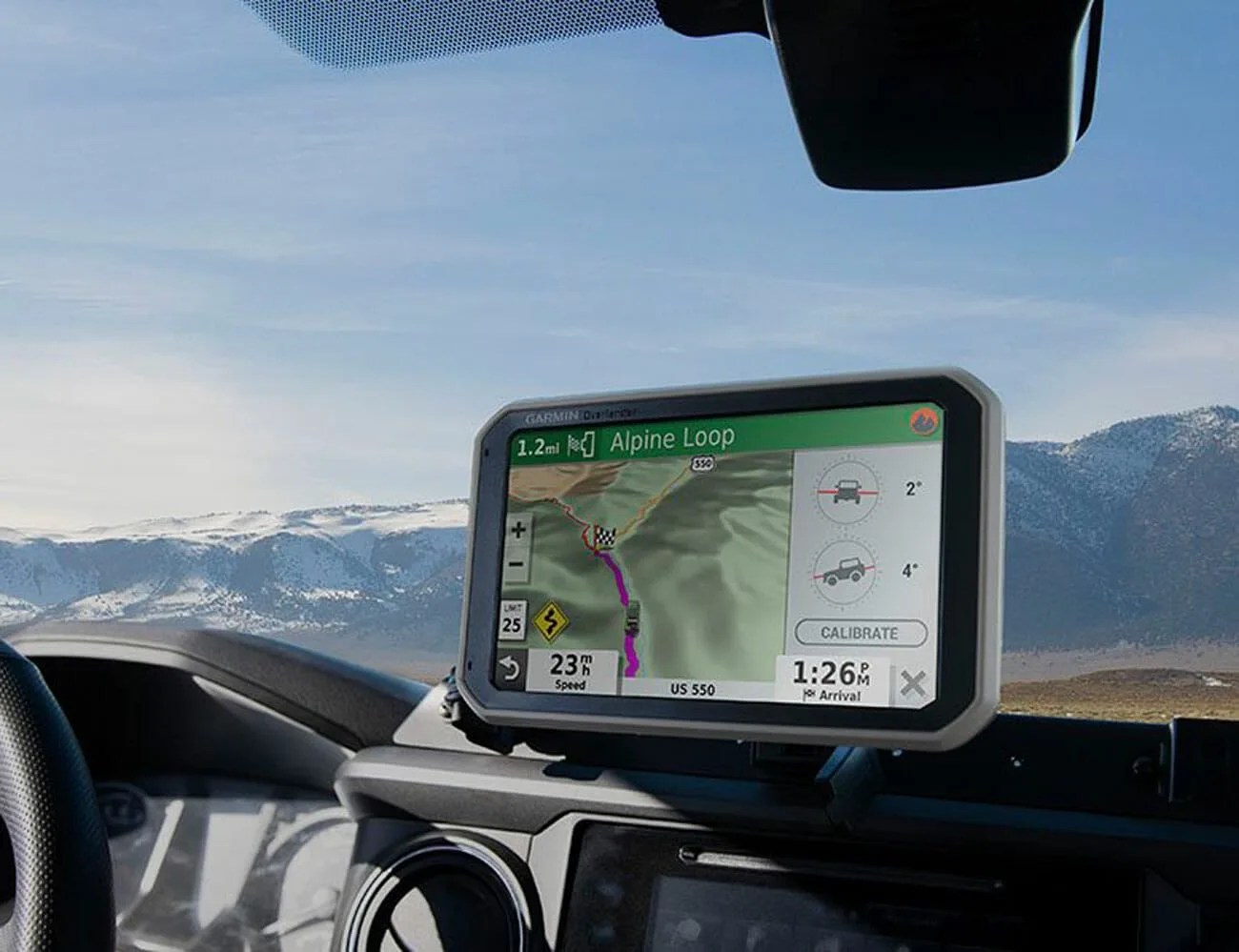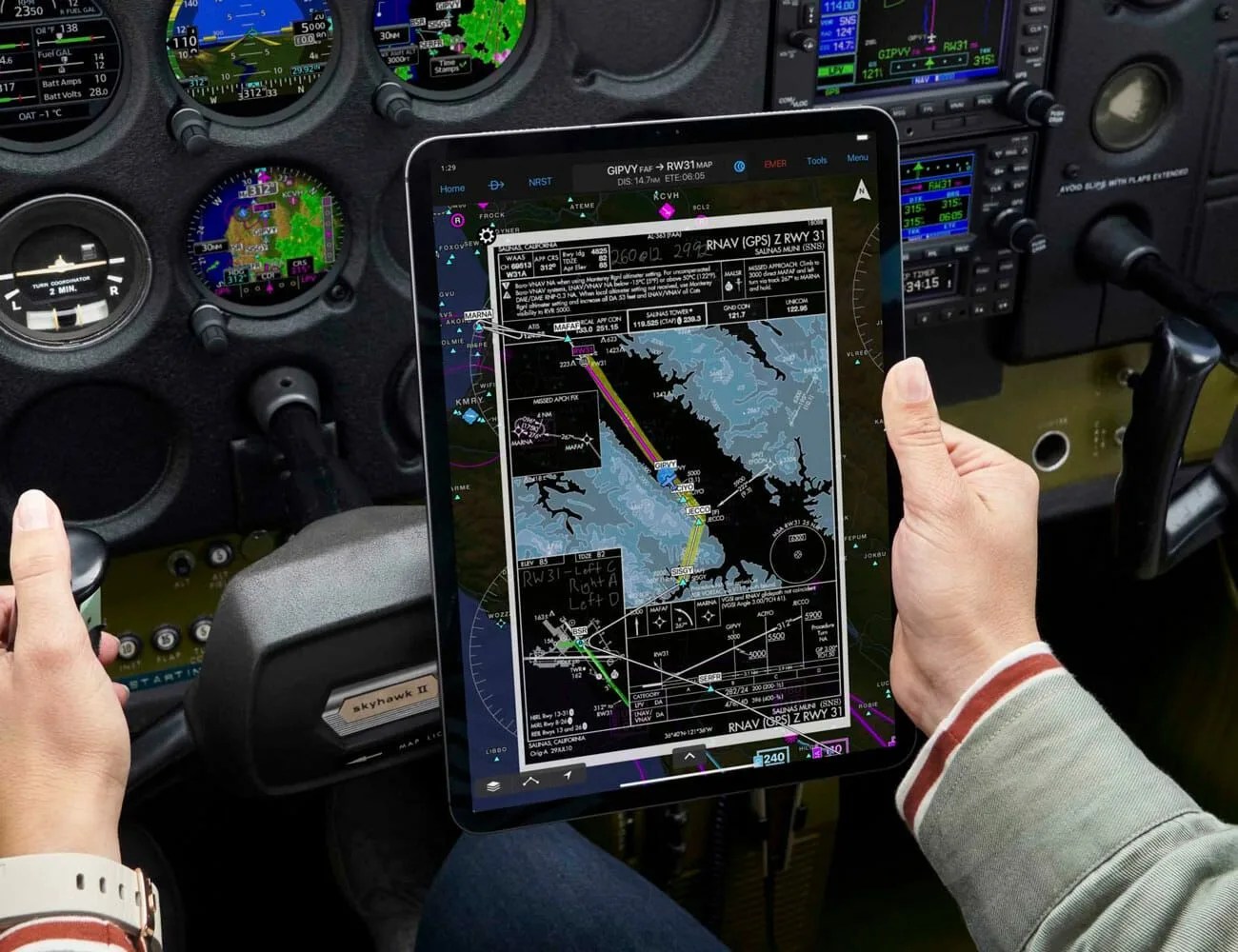Somewhere around mile 10 I lost track of the world around me and started thinking about my GPS watch. A dull moment on a featureless dirt road that I’ve run dozens of times left me few other options. Reflecting on work woes, adventure dreams and tonight’s supper plans had got me this far, but at that moment what mattered most was the damn thing on my wrist and how it worked.
My first thought was this: I had no clue. No concrete logic or actual empirical understanding of how my Garmin talked with a dozen satellites that were (as I would later learn) 12,000 miles away. I’d heard rumors of the government launching the first satellites in the early ’80s, just a few years before I was born. Yet it was a mystery how these high-orbiting computers could communicate with millions of tiny GPS devices simultaneously, providing incredibly accurate info from far out in space.
After using my watch to navigate home, I decided to learn more. I reached out to Jon Hosler, a product line manager at Garmin who leads the development of sport watches like the Forerunner and Fenix series. Hosler oversees each watch from start to finish, beginning the process with the customer’s needs and a problem the watch will solve and working with the engineering team until it goes to mass production.
In contrast to the simplicity-oriented Apple Watch and other options, Garmin’s products have a reputation for customization. Yet all the items in the spectrum, spanning smartwatches to rugged outdoor tools, rely on the same GPS satellites. And my conversation with Hosler taught me a lot of things that forever changed how I think about the tech. Here are some highlights to amaze your friends… including an explanation of this story’s title, of course.
1. The concept dates back to at least the 1940s
The basic idea of a Global Positioning System (GPS) emerged from systems in World War II used to help ships and planes navigate at long range. The need for a global navigation system grew during the Cold War, which triggered the introduction of GPS.
2. The case does more than protect the tech
Many GPS watches use the metal watch case as part of the antenna. That’s primarily how they reduced size over the years.
3. Contrary to popular belief, GPS does not rely on triangulation
GPS watches use trilateration, not triangulation. It’s defined as “the measurement of the lengths of the three sides of a series of touching or overlapping triangles on the earth’s surface for the determination of the relative position of points by geometrical means.” In other words, GPS relies solely on distances, not angles like surveyors on a road.





